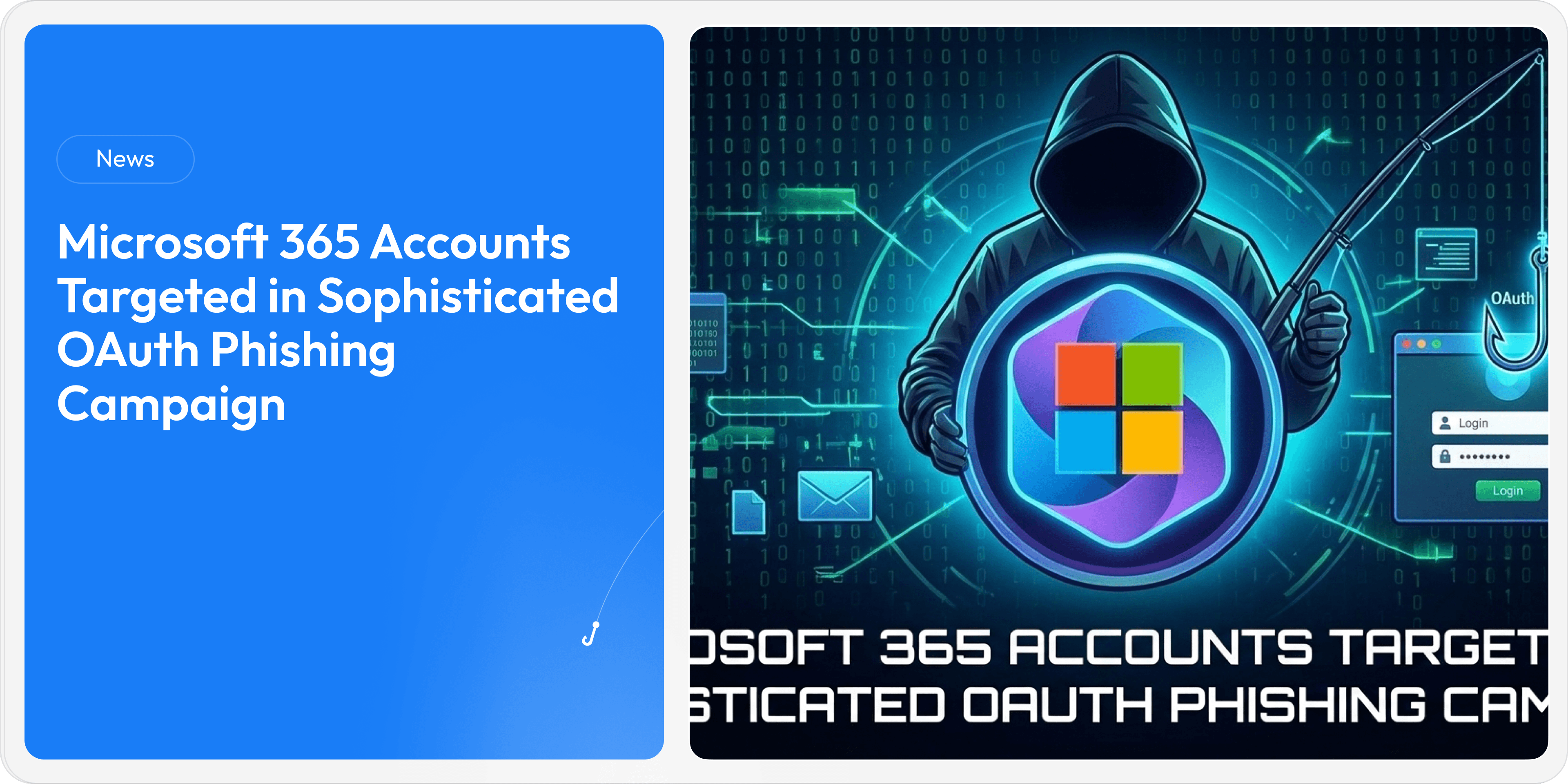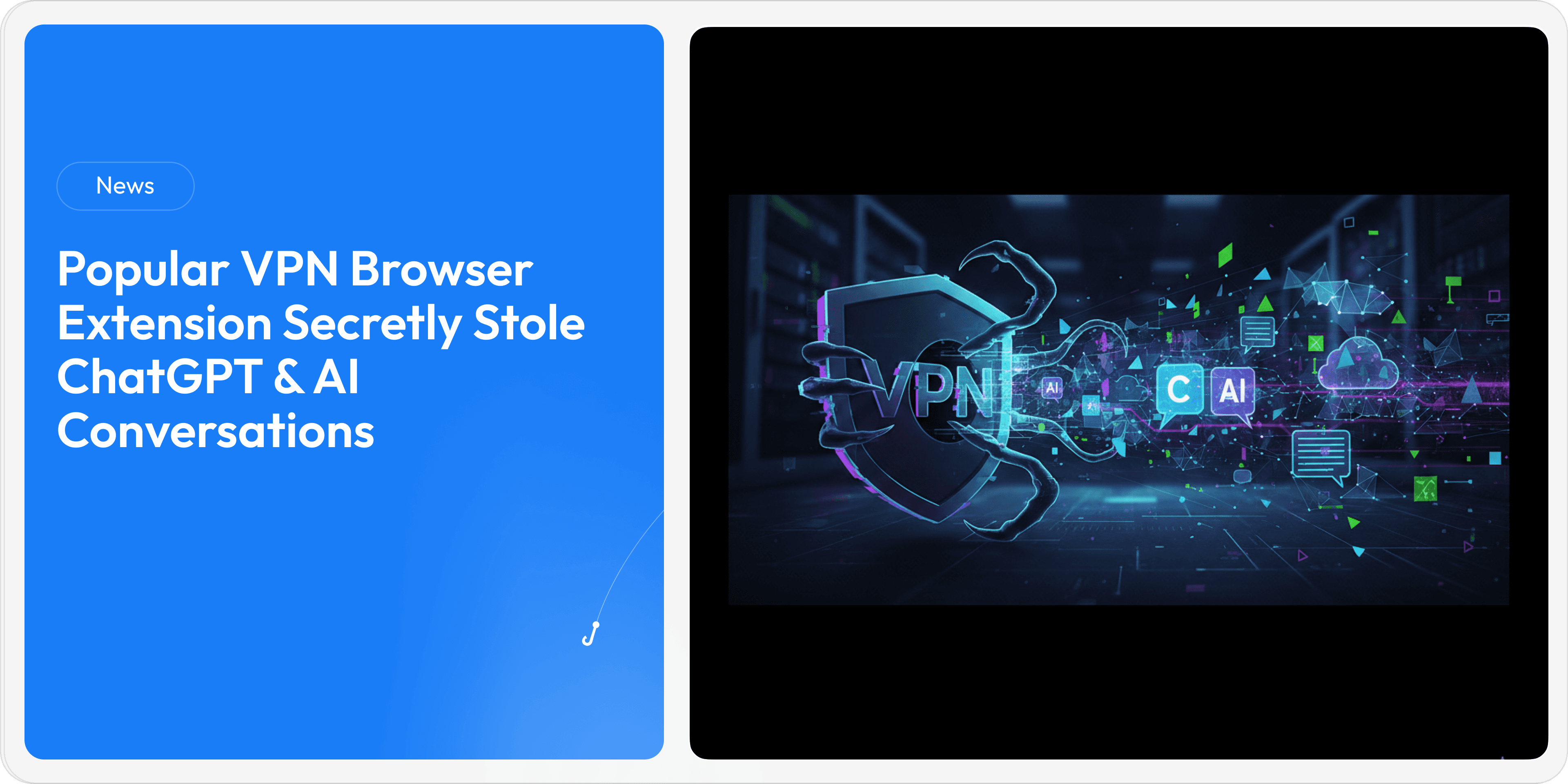Black Basta Ransomware Escalates with Email Bombing, QR Code Scams, and Social Engineering Attacks
Dec 10, 2024
The Black Basta ransomware group has recently intensified its cyber assault strategies, incorporating sophisticated social engineering techniques such as email bombing, QR code exploitation, and impersonation of IT personnel to compromise targeted systems.

Email Bombing and Social Engineering Tactics
Since early October 2024, Black Basta operators have been initiating attacks by overwhelming users with a barrage of unsolicited emails, a tactic known as email bombing. This method involves subscribing the victim's email address to numerous mailing lists, resulting in an inundation of emails. Amidst this chaos, attackers contact the victims, often via Microsoft Teams, posing as support or IT staff to offer assistance. This approach aims to exploit the victim's confusion and trust.
Deployment of Remote Access Tools and Malicious Payloads
Once trust is established, victims are persuaded to install legitimate remote access software such as AnyDesk, ScreenConnect, TeamViewer, or Microsoft's Quick Assist. This access enables attackers to deploy additional malicious payloads, including credential-harvesting programs and malware like Zbot (also known as ZLoader) or DarkGate. These tools facilitate further infiltration and data exfiltration within the compromised environment.
Use of QR Codes in Credential Theft
In some instances, Black Basta has been observed sending malicious QR codes to victims under the guise of adding a trusted mobile device. Scanning these QR codes can lead to credential theft or direct users to malicious infrastructure, thereby compromising their security.
Evolution from Previous Tactics
Initially, Black Basta relied on botnets like QakBot for infiltrating targets. However, the group has evolved to integrate advanced social engineering techniques, marking a significant shift in their operational methods. This evolution underscores their adaptability and the increasing complexity of their attack strategies.
Recommendations for Organizations
Organizations are advised to implement robust security measures, including employee training to recognize and report phishing attempts, strict access controls, and the use of multi-factor authentication. Regular updates and patches to software and systems are also crucial in mitigating the risk of such sophisticated attacks.
To further enhance their defenses, organizations can leverage ClearPhish's advanced phishing simulation and training platform. ClearPhish.ai provides tailored email phishing training and cyber awareness modules that are designed to educate employees in real-world scenarios. The platform offers features like hyper-realistic simulations, story-based microlearning modules, and emotional vulnerability scoring to ensure employees can identify and respond to phishing attempts effectively. By integrating ClearPhish into their cybersecurity strategy, organizations can foster a culture of vigilance and significantly reduce the risks posed by phishing attacks.
Staying informed about the latest threat landscapes and attack vectors is essential for maintaining organizational cybersecurity resilience.






